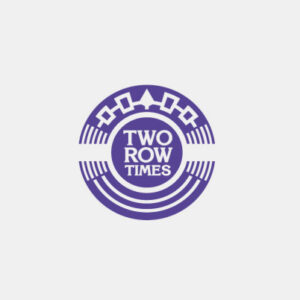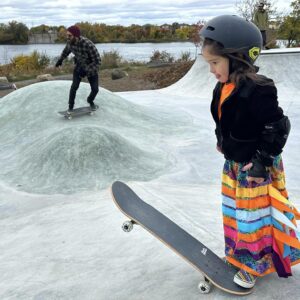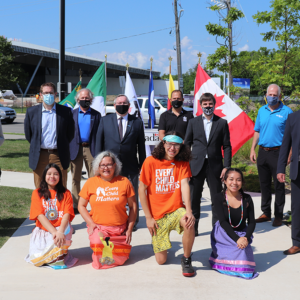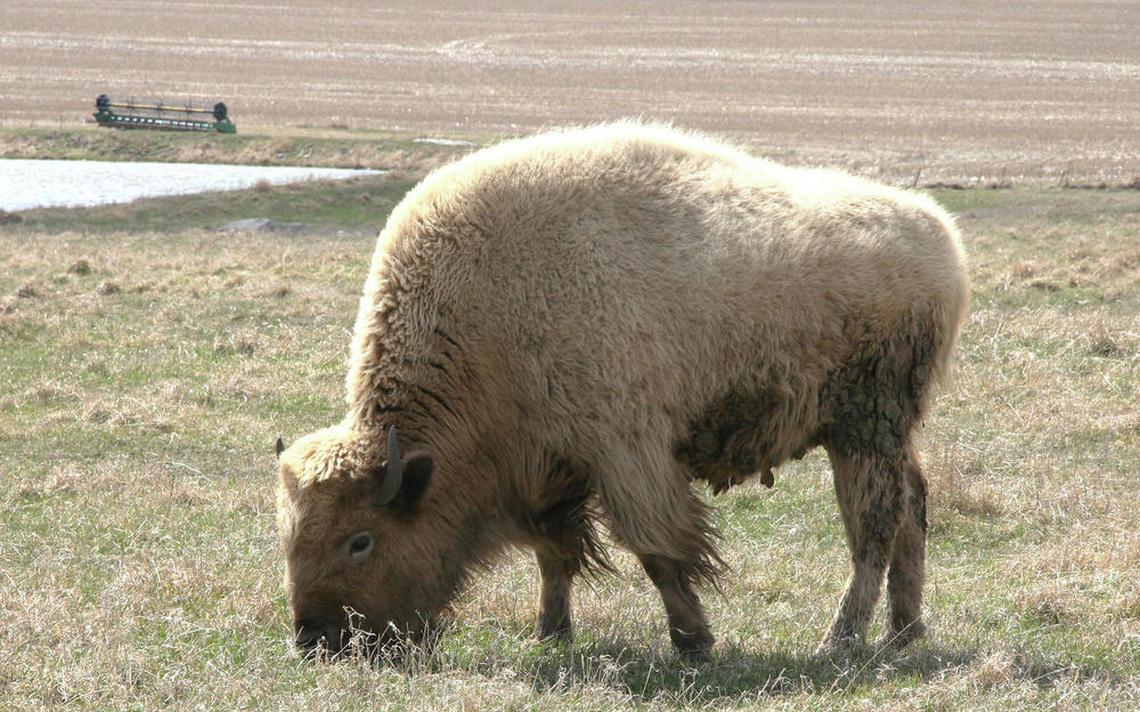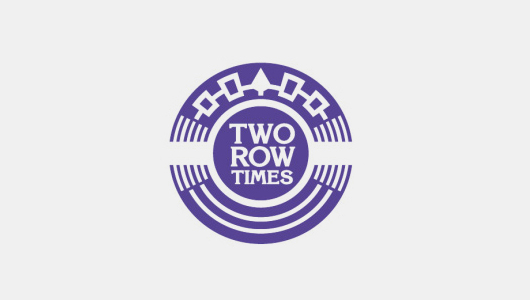
LANCASTER, NY – In the summer of 2014, as conversation around the Washington DC football team’s mascot heated up, Lancaster School Board president Kenneth Graber reached out to Alvin Parker, Heron Clan, Seneca, to help address their own mascot, the Lancaster Redskins.
 On January 21, 2015, a distinguished panel comprised of Alvin Parker, Dr. Hillary Weaver a Lakota professor of social work at the University at Buffalo, John Kane a Kahnawà:ke Mohawk and well known radio host, Al Jemieson, Seneca, from NETO, a local Native arts organization, and Dr. Donald Grinde, Yammassee and professor of American Studies at the University at Buffalo, met with school board members in a public forum to explain the historic background and contemporary impact of the use of racial slurs and racist stereotypes for sports teams, especially in schools.
On January 21, 2015, a distinguished panel comprised of Alvin Parker, Dr. Hillary Weaver a Lakota professor of social work at the University at Buffalo, John Kane a Kahnawà:ke Mohawk and well known radio host, Al Jemieson, Seneca, from NETO, a local Native arts organization, and Dr. Donald Grinde, Yammassee and professor of American Studies at the University at Buffalo, met with school board members in a public forum to explain the historic background and contemporary impact of the use of racial slurs and racist stereotypes for sports teams, especially in schools.
Dr. Weaver highlighted the many accomplishments and positive attributes found at Lancaster High School, where the meeting was held, including their annual day of kindness. “You have so many other things to be proud of – your image of yourselves is strong and shouldn’t rely on a caricature of someone else”, she encouraged. John Kane echoed this sentiment, “You have so many things to be proud of, your mascot doesn’t need to be one of them”.

Despite the positive reminders offered to the school board, the history behind the word cannot be overlooked. While many in favor of retaining the 67 year-old “Redskins” mascot believe the term is a descriptor for people with red toned skin, or that it may stem from a practice amongst some nations of painting one’s skin red for certain occasions the evidence suggests otherwise.
The origins of the term come from the practice of early United States citizens who, at the behest of the federal government and various townships, would advertise a bounty on the scalps of Native peoples. The highest price for scalps were for men (whose genitalia would also need to be brought in as proof), women’s scalps bringing in a mid range price and children being worth the lowest bounty.
Because blood would pour from the scalps of the slaughtered Native men, women and children, and drench their faces and now lifeless bodies, thus turning their skin red, early United States citizens began embracing the term “redskin” for all Indigenous peoples across Turtle Island. The term implied that, eventually, all living Native peoples would be nothing but a “redskin” – a lifeless, blood covered, piece of bounty.
This all too common piece of hate speech now “inspires pride” in alumni and current students of Lancaster High School, whose slogan, “Once a Redskin, Always a Redskin”, says it all.
Prior to adopting the “Redskin” mascot 67 years ago, the school’s mascot was the “Maroons” which is a term, often used derogatorily, for escaped slaves and people of both African and Native American descent.
Following the commentary from Native panelists, school board members had an opportunity to comment and ask questions. Member Michael Sage, whose children attend Lancaster schools, put the matter quite succinctly, “People think its offensive. So I don’t use it and I teach my kids not use it”. Instead, he and children call the term the “r-word”, much as people reference the “n-word” to avoid repeating a racial slur for people of African descent.
Sage added that at times, it was quite difficult to explain to his children why this word is not ok to say when it is plastered across the walls of their school, their gymnasium, their cafeteria and all over sporting event paraphernalia.
School board Vice President Patrick Uhteg, a proponent for retaining the controversial mascot, rebuked John Kane’s suggestion that Native children are psychologically damaged when they see at sporting events “Indian heads” impaled on a stick, with “dead skin, red skin” scrawled across the face and blood pouring from the eyes, a common effigy utilized by fans of teams playing against schools with Native stereotype mascots.
“Well that’s just low-class” Uhteg quipped, “I mean…think of squish the fish here- dolphins on sticks – it’s just low class”. No one pointed out to Uhteg that no baby dolphins would be attending sporting events nor do they stand the risk of psychological damage from hate speech inspired effigies of dolphin mascots. Nor did anyone point out that dolphins, are different from human beings, i.e. – Native peoples.
At the close of this initial meeting, a meeting that many angered Lancaster alumni stormed out of, local television news networks interviewed remaining non-Native attendees. One woman begged the camera, “When will our side of the story be heard?” evidently missing the point that this question and answer session was an opportunity for Lancaster school board members, alumni, parents and students to hear from Native peoples about the history and impact of this mascot.
In preparation for an upcoming public forum regarding the Lancaster school district’s mascot, Brenda Piskun Christopher started a Facebook group while other supporters hung two banners in Lancaster reading, “Save the Redskin Tradition”, inviting people to attend a rally before the public forum.
On the Save the Lancaster Redskins Facebook page, opinions such as, “I thought redskins lived on reservations…. sure are a lot of redskins running around this country”, “stomp their pansy butts” and “enough with political correctness” are plentiful.
A petition started by Kate Derkovitz and Change.org to keep the mascot brings similar vitriol and even some celebrity signatures included Chief Wahoo who wrote “me wantumm smokum peace pipe”.
To prove the supporters’ assertions wrong that this is only a small group of Native people that wish to see the mascot changed, a counter petition can be found at https://www.change.org/p/lancaster-school-district-change-the-racist-redskins-name-and-mascot
Encouragement comes from a variety background. One current Haudenosaunee student at Lancaster writes, “I want to see racism stop in schools”. Numerous alumni have weighed in happy to hear a change is finally on the horizon.
However, a non-Native resident of Washington, D.C. sums it up best, “Native mascots have been empirically shown to harm the self-esteem of Native children. To hurt a demographic already at extreme risk of suicide, poverty, dropout rates, etc. for the sake of sports is beyond reason. Native Americans are people, not mascots”.
On March 3, 2015, 7:00pm at Lancaster High School, a public on the matter will take place. All are invited to attend. Only those who pre-registered will be able to speak. Please sign below and come out to show your support.
Kanien’kehá:ka ne Kenhtè:ke and a PhD Student at the University at Buffalo, Jodi Lynn Maracle acts as a facilitator for Nekanehsakt: Friends of Ekwehewe , a Native ally organization in Buffalo, NY aimed at educating and promoting understanding between Native and non-Native peoples in Western New York.




